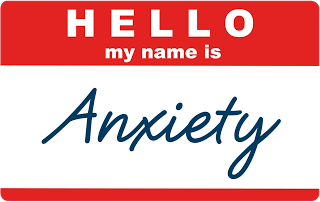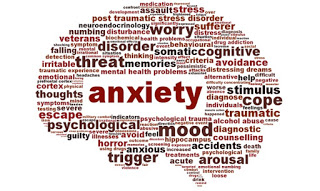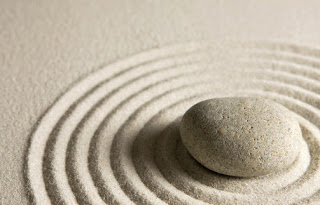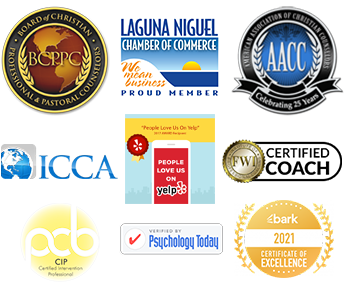
Those who know me well know that I am a huge fan of healthy boundaries. So when I came across these tips on Finding Your Voice to say No by psychologist Judith Sills, Ph.D., I just had to share. If you are new to saying no and setting boundaries, give these tips a try– you will be empowered!
Finding Your Voice
1. Replace your automatic Yes with “I’ll think about it.” This puts you in control, softens the ground for a NO and gives you time to think things through to make a healthy choice.
2. Soften your language. Try “I’m not comfortable with that”, or “I’d rather not”, or “let’s agree to disagree”. You are still delivering a clear “no”, but softening your language may make it go down better.
3. Contain your feelings. Even though you may not feel like it, No is best delivered pleasantly with an air of calm. Outward calm quiets your inner turmoil and reduces the negative impact of your No on your audience.
4. Refer to your commitment to others. Say No without appearing selfish by stating how you would love to help, but must keep your prior commitment to your mother, child, etc., and you can’t let them down.
5. Realize you represent others. When you realize it is not just your own interest at stake, but that of your family’s, you will feel more assertive in giving a No to a low-ball offer or intrusion on your time.
6. Rehearse. This strategy is best for ongoing situations such as a demanding boss or recurring relational conflict with a spouse, friend, or family member. By rehearsing, you are prepared to respond with a calm, respectful No.
With some regular practice finding your voice, you just may get to the place where you can respond to any inappropriate, uncomfortable, excessive request with a firm one-word, no explanation verdict–No.
I wish you well in setting and maintaining healthy boundaries!
I would love to hear your thoughts on this subject. Email: randy@randymoraitis.com
Websites: www.carepossible.com, www.randymoraitis.com











